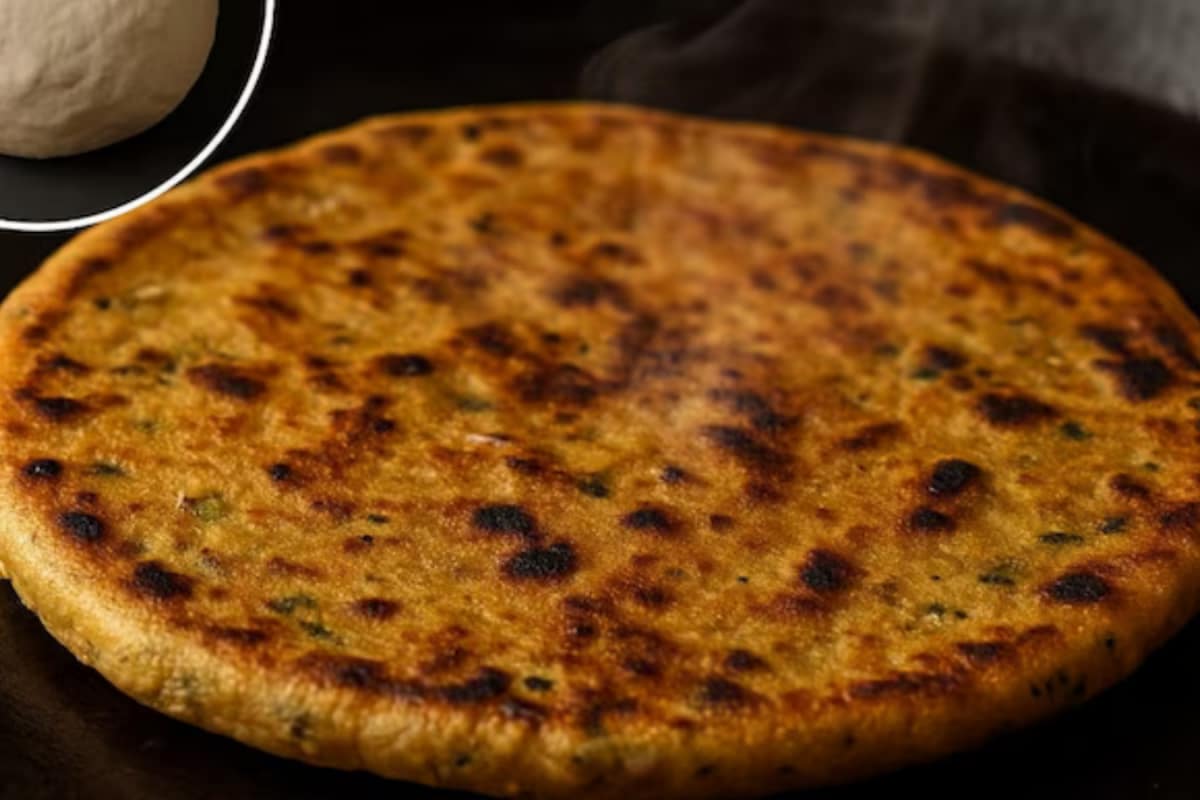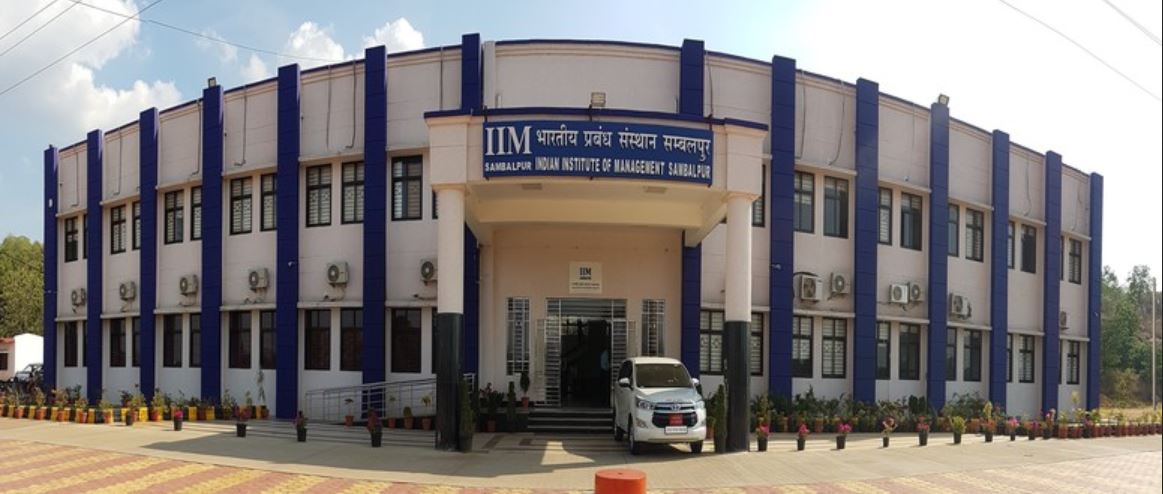Naxal violence declined in 2011, says Odisha top cop
Rejecting the Centre’s charge that Odisha failed to contain Left Wing Extremism, the state’s director general of police on Tuesday claimed that Naxal violence had declined in 2011 compared to the year before.
“Naxal situation in most parts of the state had been controlled while it was a cause of concern for the state government in areas bordering Chattishgarh,” DGP Manmohan Praharaj wrote to Union Home Secretary RK Singh.
Claiming that Naxal activity in Malkangiri district was well under control, he said the Kalinga Nagar division of the CPI (Maoist) was no longer active.
Earlier, it was active in Keonjhar, Jajpur and Dhenkanal districts.
Similarly, Naxal violence had also declined in the districts of Sambalpur, Deogarh and Sundergarh, the DGP said but admitted that Narayanpatna area in Koraput district, parts of Kandhamal district and areas bordering Chhattisgarh had been a “cause of concern”.
The districts bordering Chhattisgarh where Naxal violence had increased comprised Nuapada, Balangir and Bargarh.
“We have expedited anti-Maoist operation in such areas,” Praharaj said.
The Home Ministry had in a communication to the DGP and principal secretary (home) of Odisha government referred to an “alarming” rise in the activities of Maoists and blamed the government for it.
“Odisha is the only state in India where activities of CPI (Maoists) are spreading to new areas at an alarming rate without requisite counter-measures by the state government,” the missive had said.
Maintaining that the Ministry of Home Affairs statistics provided at the Chief Ministers Conference in Delhi on May 16 indicated decline in the Naxal violence in the state, Praharaj said at least 194 Maoists had been arrested in the state by May 2012.
Similarly, 60 ultras have surrendered while 157 arms, 280 IED and huge ammunitions were seized during the period, DGP’s letter said, adding 23 Maoists were killed in exchange of fire between ultras and security personnel in 2011.
“At least four ultras had lost their lives during exchange of fire so far this year,” he said.
The state police had been in close coordination with the central para-military force, the DGP said, adding intelligence sharing between states and the Centre had been effective in tacking the LWE menace.
Defending the superintendents of police in different Maoist-hit districts, the DGP said that they had been working hard and been able to contain the violence despite scarcity of young IPS officers.
The state government had conducted several Unified Command meetings in order to establish better coordination between the state police, central force and other states.






 IIM Sambalpur
IIM Sambalpur
Leave a Reply